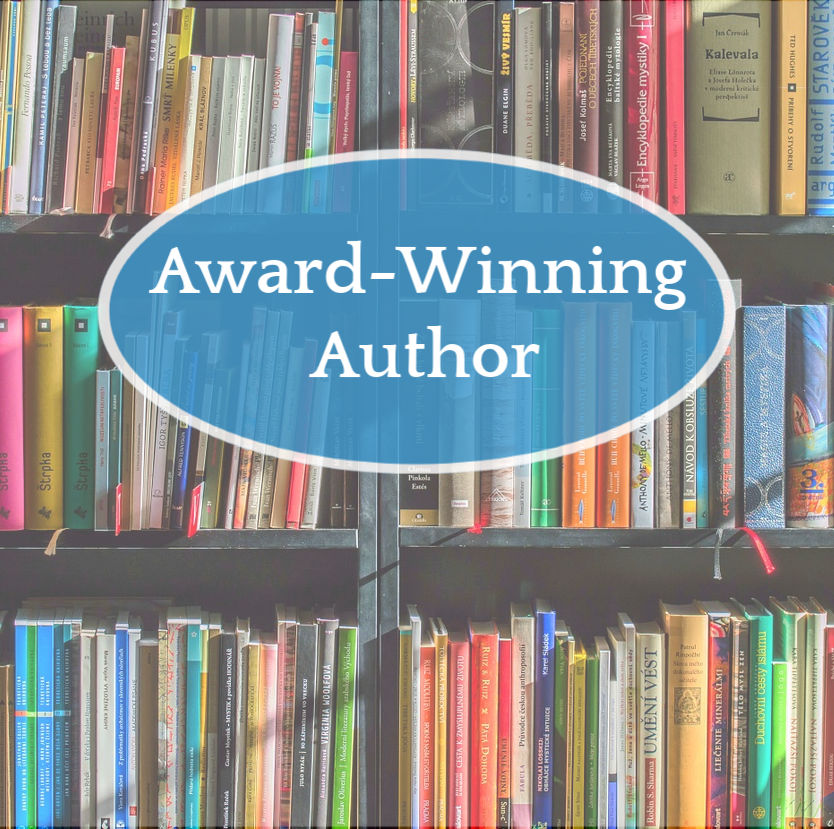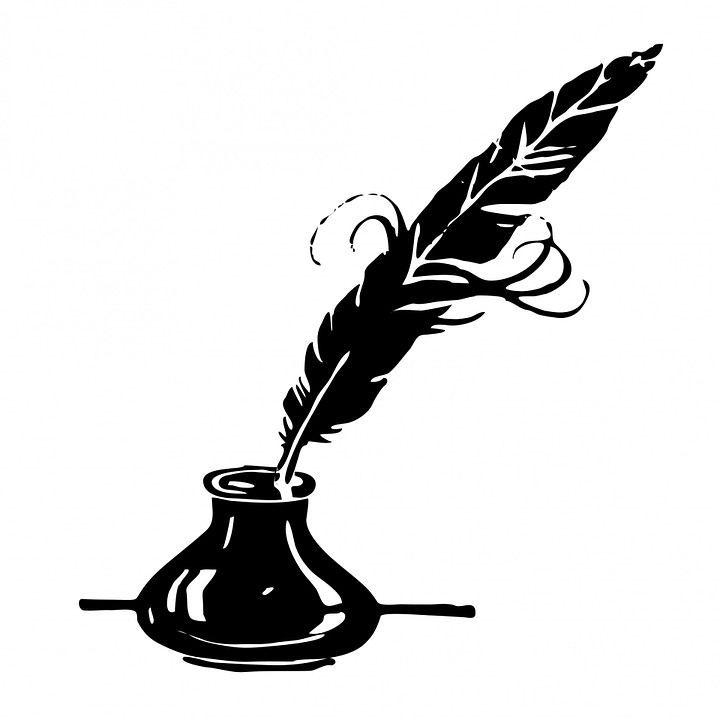
Bestsellers
Award-Winning Author Interview with J’Nell Ciesielski
Can you share a little about your recent book? The idea for The Songbird and the Spy came to…
July 1, 2019
Can you share a little about your recent book? The idea for The Songbird and the Spy came to…
July 1, 2019
by Sandra Merville Hart Mark Twain’s life was at a pivotal moment in the 1860s. He was out of…
November 21, 2016
Historical authors can glean a wealth of information from old photos. They give an unintentional glimpse into everyday life…
November 19, 2016
I watched a movie set in the 1800s recently where a child said, “Cool!” He didn’t refer to the…
October 21, 2016
by Sandra Merville Hart Two months ago we talked about the author of Charlotte’s Web, E.B. White, and…
August 8, 2016
by Sandra Merville Hart I wanted to instill a love of reading in my daughter from a young…
June 26, 2016